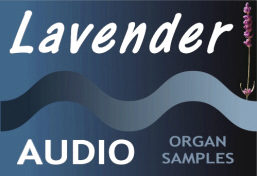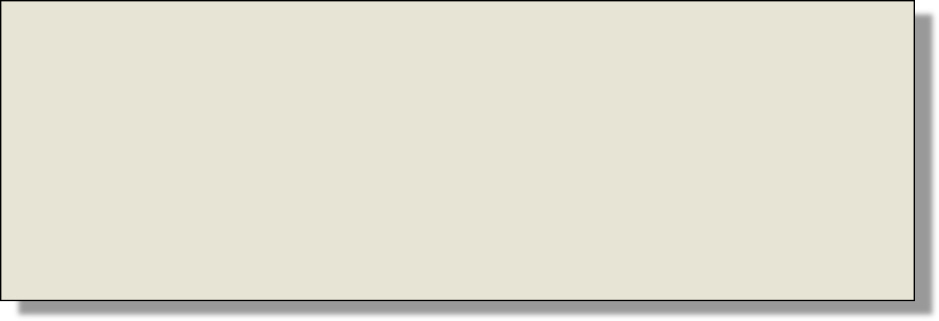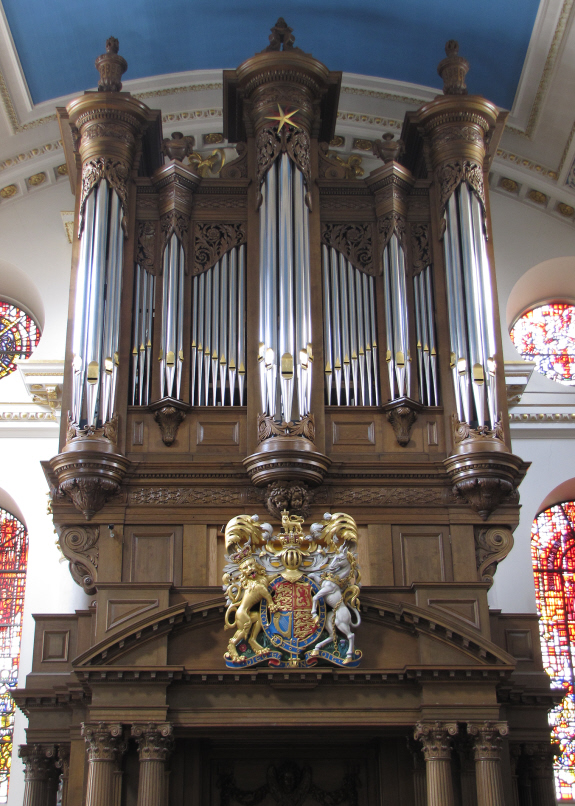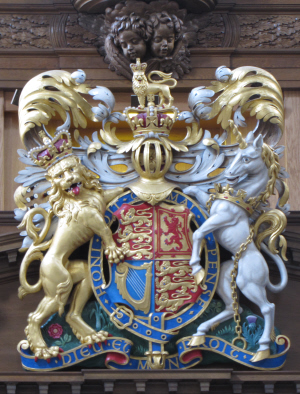St Mary-le-Bow, London
Hauptwerk (v5 and upwards) Virtual Organ
© Lavender Audio 2008 - 2024











Although there is the likelihood that the church had a pair of organs before the
reformation, the earliest known instrument there dates from 1802. This was a small
organ of some 13 stops spread across two manuals. The builder was given as Hugh Russell,
but there is some speculation that it may have been second-hand. This instrument
lasted without alteration until 1867, when G.M. Holdich added a third manual, a pedalboard
and another 11 stops, resulting in a far more flexible organ enjoying a specification
which was quite typical for the period. However, this was now Victorian London, a
period when size mattered and consequently a larger and grander instrument was soon
desired. This came in the form of a brand new 33 stop organ from J.W. Walker at a
cost of £1,108 and 5 shillings. The Walker organ demonstrated some of the tonal fashions
current in 1880 – a Horn Diapason on the Great, a greater variety of 8 foot tone
including an undulating rank on the Swell and mixtures comprising just unison and
quint ranks. This instrument appears to have survived unaltered for the next 60 years.
The church was hit twice during the blitz of World War 2 and the Walker organ was
removed before the second attack which caused extensive damage. In the immediate
post-war period, repair and restoration was a slow and painstaking task and this
Wren church wasn’t in a position to welcome back its organ until 1964. By this time,
the storage of the Walker organ was in the hands of Rushworth and Draper and this
company set about the installation of an instrument which, it has to be said, was
rather a pale imitation of its former self. Only 18 stops survived the cut and the
various sources of pipe-work and the associated mechanism resulted in an organ which
never lived up to the promise of its commanding position on the west gallery. Possibly
the best part of the organ was the case, which was made during the post-war reparations
by a firm of general builders as opposed to specialist organ builders. When the decision
was made to start again with a new organ for the church of St Mary-le-Bow, retention
of this fine case was accepted as being essential.
A BRIEF HISTORY OF THE ORGANS AT ST MARY-LE-BOW
SPECIFICATION OF THE J.W.WALKER ORGAN AS BUILT IN 1880 FOR ST. MARY-LE-BOW
GREAT
Double Open Diapason
Open Diapason
Horn Diapason
Wald Flute (Stopped bass)
Principal
Harmonic Flute
Twelfth
Fifteenth
Mixture
Trumpet
Swell to Great
16
8
8
8
4
4
2 2/3
2
III
8
SWELL
Double Diapason
Open Diapason
Stopped Diapason
Echo Gamba
Vox Angelica
Principal
Spitz Flute
Fifteenth
Mixture
Horn
Oboe
Clarion
Tremulant
16
8
8
8
8
4
4
2
III
8
8
4
CHOIR
Salicional
Dulciana
Lieblich Gedact
Gemshorn
Flute
Piccolo
Clarionet and Bassoon
Swell to Choir
PEDAL
Open Diapason
Bourdon
Quint
Principal
Great to Pedal
Swell to Pedal
Choir to Pedal
The scheme proposed by Kenneth Tickell was chosen from four proposals originating
from Germany and the USA as well as from the UK. The case was chosen as the starting
point for the tonal scheme and provided an important source of inspiration, reminiscent
as it is of the work of the Alsace Silbermann family. Therefore, a French classical
influence can be detected, both in the range and scale of the mutations and in the
sound of the Great reeds. A French romantic direction is evident in the Swell organ,
with the reeds having Cavaillé-Coll domed shallots as well as the provision the strings
(albeit these are not nearly as keen sounding as French strings of the 19th century).
In fact, the instrument should really be considered as being predominantly English
in style and sound, but speaking with a distinct French accent. The only pipes remaining
from the previous instrument are the bottom octaves of both the Pedal Violone and
the Sub Bass – all other pipes were either made in house by Kenneth Tickell or supplied
by Shires Organ Pipes of Leeds.
The instrument was installed and voiced during the spring and summer of 2010 and
the inaugural recital was given by Thomas Trotter on the 29th September. The church
maintains a busy and thriving music tradition with regular organ recitals alongside
a wide variety of other concerts. There is even The Academy of St Mary-le-Bow – an
orchestra formed in 2016 which gives young graduates an opportunity to play orchestral
music to a high standard in various venues around London.
THE KENNETH TICKELL ORGAN
Source: National Pipe Organ Register










